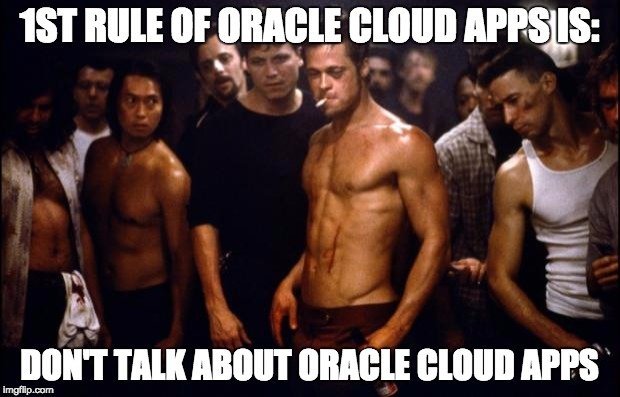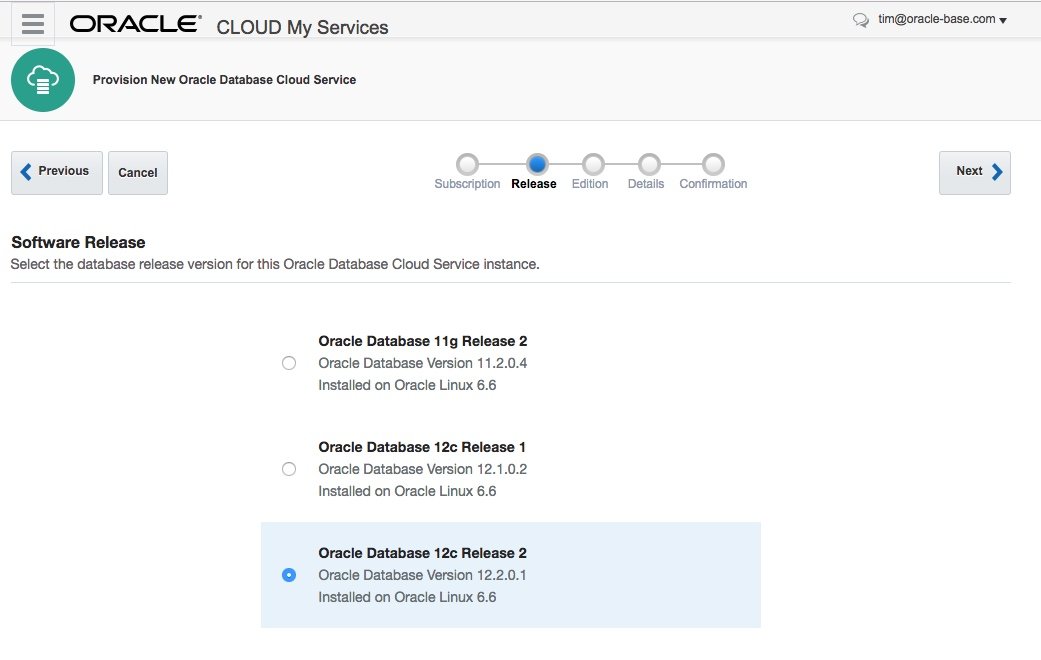
One of the comments on my previous post in the series mentioned using the cloud may solve a lot of these issues, implying you don’t have to bother with your own automation. Cursed with the ability to see both sides to any argument, I both agree and disagree with this. 🙂
Cloud providers bring a lot to the table as far as automation is concerned. Firing up new VMs and containers is really simple, and of course platforms such as RDS and the Oracle Autonomous Database family take over many of the operational aspects. So I can forget about automation right? Not so fast…
We typically see demos of cloud services that involve clicking buttons on web pages and it all works and looks great, but it’s not the way we really want to work. We want our infrastructure as code, and you can’t check button presses into your version control. 🙂 Also, if we are promoting self-service in the company, the last thing we want to do is give everyone access to our cloud account.
The cloud providers have got our back here. They allow us to use CLIs, web services and tools like Terraform to define whole chunks of infrastructure based on their services. You can use these tools to create your own self-service portals within your company. But that’s a new bunch of stuff you have to learn to become effective using this platform. It hasn’t freed you up from having to think about automation completely. It’s just altered your focus.
What’s more, a cloud provider will not be able to provide every solution you need, configured exactly the way you want it. They may provide many of the building blocks or platforms, but you are still going to have to do some of the work yourself, whether it’s application configuration or change management. All of this still needs to be automated if you want to live up to the infrastructure as code mantra.
We also have companies at various stages in the cloud journey to consider. Some companies are still not considering cloud. Some are part way through the journey. Some will almost certainly be running in mixed environments, made up of on-prem and multiple cloud providers for a long time, or even forever? Automation allows you to abstract some of the working parts, giving you some consistency in these mixed environments.
I think this all comes down to levels. You may never have to install or patch a database again, but that isn’t the whole story as far as automation is concerned.
Check out the rest of the series here.
Cheers
Tim…
 Having spent time playing on the
Having spent time playing on the 
 Over the last couple of years I’ve been doing talks about running Oracle databases in the cloud. In both my talks and articles I refer to the
Over the last couple of years I’ve been doing talks about running Oracle databases in the cloud. In both my talks and articles I refer to the  During OpenWorld I wrote about
During OpenWorld I wrote about 
 I spent yesterday at the Cloud User Experience (UX) Strategy Day at Oracle HQ. I’m not really the target audience for this event as I’m not a front-end developer and at the moment I know almost nothing about Oracle Cloud Apps, but I am gradually being drawn into this area by a number of external forces.
I spent yesterday at the Cloud User Experience (UX) Strategy Day at Oracle HQ. I’m not really the target audience for this event as I’m not a front-end developer and at the moment I know almost nothing about Oracle Cloud Apps, but I am gradually being drawn into this area by a number of external forces. A comment on
A comment on